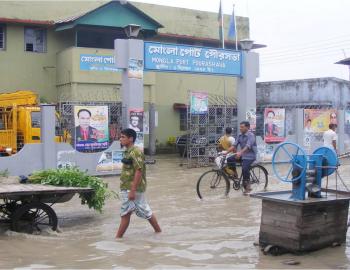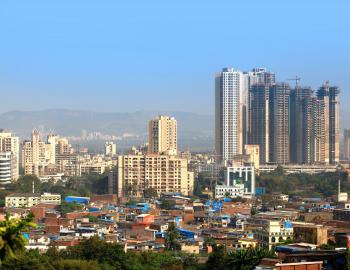ESSENTIAL: Joining forces - how to make local climate partnerships a success
ESSENTIAL: Joining forces - how to make local climate partnerships a success
Share this:
Resource detail:
Date:
Author:
CDKN Global
Type:
Policy briefs
Countries:
Asia,
Latin America and the Caribbean
Themes:
Urban and subnational areas
Climate compatible development requires long-lasting partnerships among local governments and other public and private local, regional and national actors. While some partners may be obvious – such as meteorological centres or community-based organisations – others need to be actively explored in order to identify and benefit from complementary expertise and different perspectives on challenges, opportunities and solutions.
The CDKN-ICLEI learning programme on subnational climate compatible development asked: What strategies for partnership have borne fruit, and why? Learning partners from organisations in South and Southeast Asia, Latin America and the Caribbean synthesised their experience into these top five lessons.
- Choose partners strategically. Local govern ments have to find partners who can contribute the planning and practical expertise needed to address the often long-term and locally-specific challenges facing communities in a changing climate. Going beyond the environmental arena or public sphere to find partners often enriches the process of identifying appropriate solutions to climate-related challenges.
- Make marginalised groups your partners and opposing parties your supporters. It is essential to involve the citizens that are the most exposed to the effects of climate change yet have the least resources to deal with them. Involving actors that are disinclined or even hostile to climate compatible development, without losing sight of long-term objectives will also pay off.
- Look for partners on the doorstep while considering their sphere of influence and accountability. Local governments are advised to establish partnerships with knowledgeable local actors that are successfully running initiatives in the community. Mapping the spheres of influence and accountability of potential partners helps us to understand what they can bring to the table and what drives their behaviour.
- Ensure all partners have something to gain from the success of the programme or project. To make a partnership more attractive, local governments should co-design the project in such a way that all partners benefit from its success.
- Identify a facilitator to bring all relevant actors into the process and keep them regularly briefed. Having a trusted knowledge broker involved is key.



